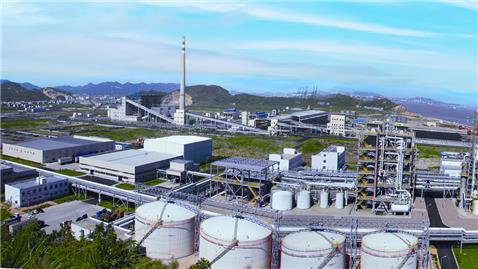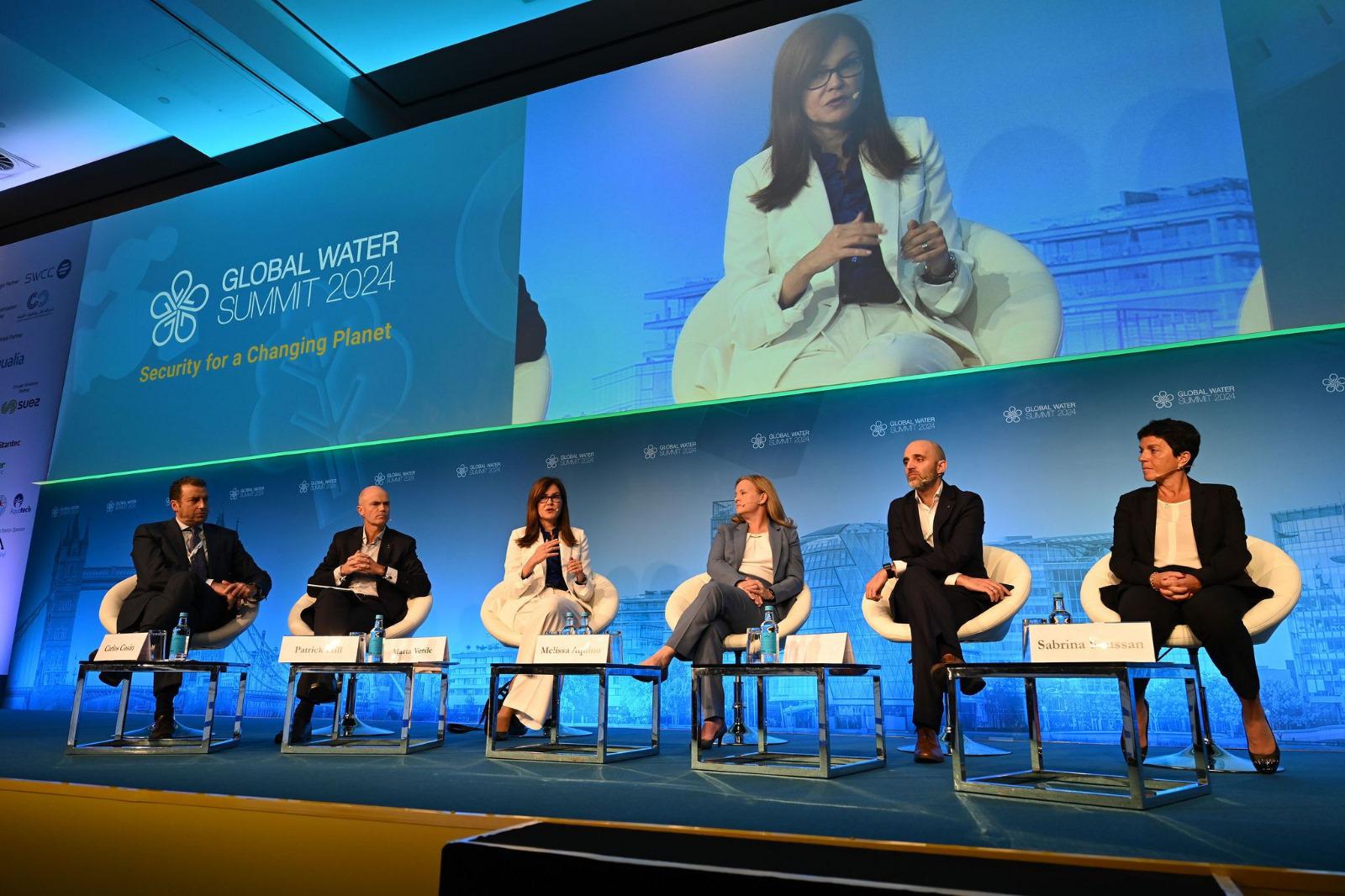
“Improving sustainable water management to address climate change is the main challenge facing the water industry today", Sabrina Soussan, Chairman and CEO of SUEZ at Global Water Summit 2024
Saving water
The first step is to conserve water resource as much as possible. Since we can only improve what we can measure, water savings can be achieved through smart metering solutions, for example. Sabrina Soussan referred to SUEZ’s recent partnership with Vodafone, announced at the Summit, which will accelerate the development of this type of solution. SUEZ and Vodafone aim to install two million NB-IoT meters worldwide by 2030.
Recycling water
For Sabrina Soussan, the reuse of wastewater; whether for conventional or industrial applications, is also an important solution that has now been fully mastered by operators in the water sector.
Increasing water availability
The Chairman and CEO of SUEZ added that the water industry must devote part of its efforts to increasing the availability of water. To this end, desalination is a fundamental asset, particularly in coastal regions where water is scarce. In China, SUEZ is developing a desalination plant project that will save 36 million cubic metres of fresh water per year.
Ensuring the quality of drinking water
Sabrina Soussan also highlighted the importance of ensuring the quality of drinking water, which is under considerable threat from climate change and the lifestyles of much of the world's population. It is essential to continue investing in research and innovation in solutions to detect micropollutants.
To scale-up these much-needed solutions, Sabrina Soussan called for a strong drive to innovate and to bridge the investment gap by transforming financial model of the water sector and encouraging public-private partnerships.
Read also


